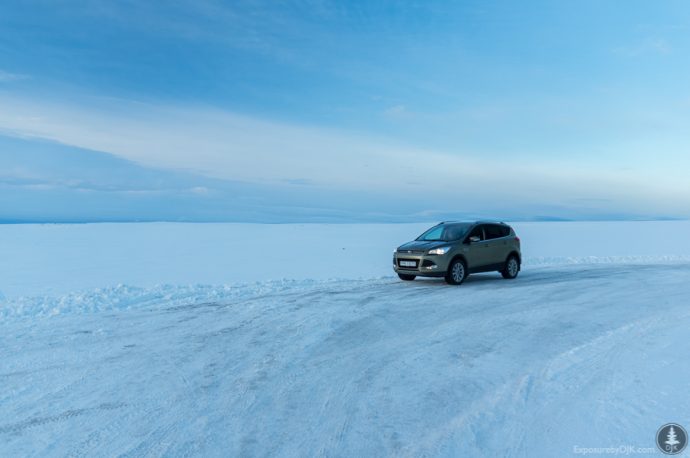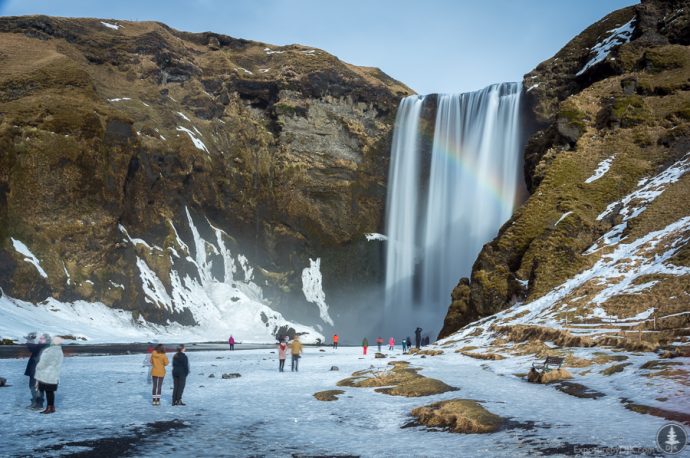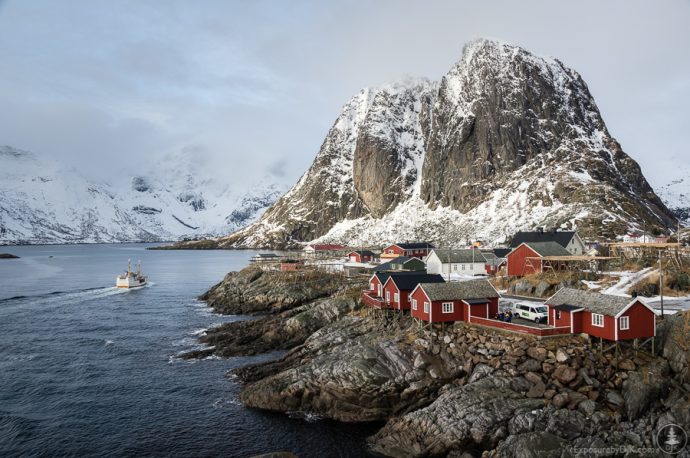Recap: Lessons learned on our Iceland and Lofoten photo trip
We recently returned from a two week trip to Iceland and Norway in winter, a bucket-list trip for many photographers. Both have recently grown significantly in terms of photo tourism, both summer and winter, and you may think, “it’s overdone!” but it’s popular for a reason. Yes, it can be crowded, even in winter now, but it’s still worth a visit. Or two!
Our trip was not part of a tour and we did all the planning ourselves (we did use Nordic Visitor to book our lodging and car rental, but it was a custom package that we worked with them on – overall they were great to work with). As part of that research, we scoured the internet for reviews, ideas, and locations (maybe that’s why you’re here now); several other photographers I know were also very gracious in helping. Overall, if you are the type that that likes to plan, it’s a very doable trip on your own. Plan and book early, though, as places are even filling in winter now.
We figure there are tons of resources out there already, so instead of repeating what you probably have read a million times, we offer our own lessons learned (or in some cases, confirmed from what we had heard before). If you have additional questions, I’d be happy to help! Just contact me!
(The following pertain to both Iceland and Lofoten in winter.)
- Sneaker waves are real. While I got my feet wet once or twice from a small one, we did witness a few larger ones that almost took people down. Heed the warnings.
- Roads are narrow with no shoulders. This is mildly frustrating when you see something and want to stop for a photo, and very frustrating when you try to hug the shoulder to let a delivery truck by and instead sink into a snow drift. (On a related note, Norwegians are very helpful…everyone stopped to see if they could help and one finally had a rope to tow us out.) Stay on the pavement.

Pullouts aren’t that common. We took advantage of them when we could.
- Microspikes worked great. Before the trip, I was torn on needing full crampons, Yaktrax, or something else. I settled on my Kahtoola Microspikes and they worked great (it turned out that’s exactly what the ice cave guides use for their clients as well). Even for walking around the waterfalls or other tourist spots, they were much needed due to ice coating everything.
- Gear to stay dry. It rained. A lot. A good rain shell, pants, hat/hood, etc. are all needed; plus don’t forget covers for the camera and your camera pack.
- Gear to get dry. But you’ll still get wet. I brought 3 microfiber towels for the camera plus lens cloths and needed every one of them. Next time I’ll probably bring more. I would also bring a larger PackTowl to dry off things like the tripod, pack covers, duffles, etc.
- Walkie talkies. Even though we didn’t wander far, we wished we had an easy way of talking over the distances that inevitably grew between us to coordinate when we would leave or if one of us had to go back to the car for something.

Despite the crowds, I was able to find two good shots, one with no one and one with just my wife for scale.
- Don’t race. As any landscape photographer knows, you can’t plan on great light. Plan your itinerary with plenty of slack time to double back, hangout a little longer, or to just let it soak in a little more. For instance, we visited Jokulsarlon Glacier Lagoon three times before we had really impressive ice to shoot, and we only had the northern lights make brief appearances in both countries. Had we been racing through, we likely would have missed both.
- Be patient. It can be frustrating trying to get a shot at a popular destination (e.g., waterfalls in Iceland), but everyone has a right to be there. Take your time, set up the shot, and there is a good chance that the natural ebb and flow of people will create an opening eventually. In the ice caves, when we did our tour we were able to hang back towards the ends to get photos void of people.
- Get local expertise. More and more on our trips we are seeking out a guide, often for just the day, to show us around, give us some history, and answer questions. We learn more about the local towns we’re in from a few hours with these guides than we would if we had read all the guide books. And if nothing else, ask questions of your host at guesthouses, servers at restaurants, and anyone else you come in touch with. More often than not they are very willing to help. On this trip, we had a guide to the Village of A at the end of Lofoten which really helped us understand the region. Our guides for the ice caves in Iceland were also great.
- Slippers. This may seem like an odd one, but many of the guesthouses ask that you take your shoes off. Fair enough, but we wish we had something more than socks to walk around in.

The fjords of Lofoten. We stayed at Eliassen Rorbuer on the right.


Leave a Reply